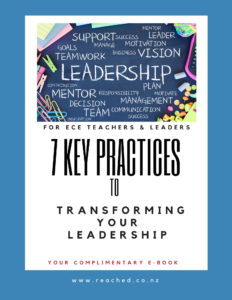Yesterday’s post on my social media page highlighted the issue of equity with e-learning models in electronic classrooms of the future developing their digital learning programmes based on the increasingly popular Bring Your Own Device (BYOD).
With technology becoming key to education delivery, the Government has prioritised schools in its Ultra Fast Broadband (UFB) and Rural Broadband Initiative (RBI), under which fibre is being rolled out across New Zealand.
97.7 per cent of schools and 99.9 per cent of students will receive ultra-fast broadband capability by 2016. The remaining 2.3 per cent of schools in areas too remote for fibre will have access to improved broadband services via wireless.
However, while schools will aim to provide greater and faster access to the internet, some 21st century learners will still be disadvantaged. All do not come to the learning environment on a level playing field, simply because the cost of technology devices, which enables access to the internet, still presents an affordability barrier to many families. The next challenge is to ensure provision of digital devices to ensure education is inclusive and equitable.
Check out this visual fact sheet that shows how the internet is being used for learning.

Gaynor Clarke
Reach Education Ltd
Contact Gaynor for all your teacher professional development, teacher mentoring, leadership development and educational workshop requirements.
Connect wih me on Twitter, Facebook, LinkedIn, TeacherTalk@ReachED Weekly
Email me at gaynor@reached.co.nz
Read my latest blog article
Follow me on Twitter
Join me on Facebook
Get weekly updated education news and views
Sign up to receive my free newsletter








Leave a Comment
You must be logged in to post a comment.